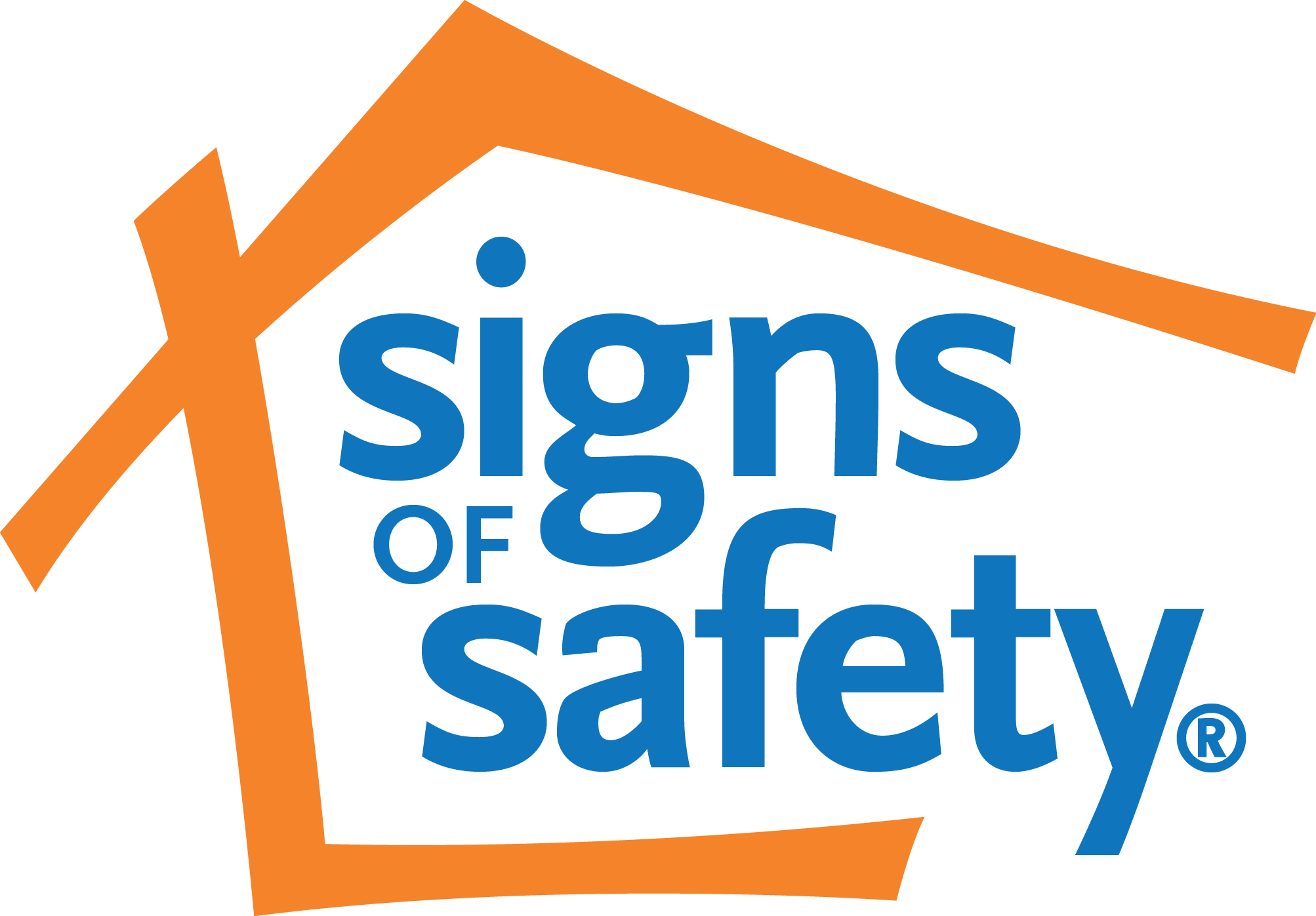Two recent English reviews of practice (Gardner, 2008 and DSCF, 2009) have identified the problem that the ‘recent emphasis on strengths based approaches and the positive aspects of families (for example in the Common Assessment Framework) arguably discourages workers from making professional judgments about deficits in parents’ behaviour which might be endangering their children’ (DSCF 2009, p.47). Both reviews suggest the Signs of Safety approach is the one approach they are aware of that incorporates a strengths base alongside an exploration of danger and risk.
Gardner’s research focuses on working with neglect and emotional harm and states the following:
In England some children’s departments are adopting this (Signs of Safety) approach to improve decision making in child protection. Police, Social Care with adults and children and Children’s Guardians thought it especially useful with neglect because:
- parents say they are clearer about what is expected of them and receive more relevant support
- the approach is open and encourages transparent decision-making
- the professionals had to be specific about their concerns for the child’s safety
- this encouraged better presentation of evidence
- the degree of protective elements and of actual or apprehended risks could be set out visually on a scale, easier for all to understand than lengthy reports
- once set out, the risks did not have to continually be revisited
- the group could acknowledge strengths and meetings could focus on how to achieve safety. (Gardner, 2008, p 78).
Gardner, R. (2008) Developing an Effective Response to Neglect and Emotional Harm to Children, Norwich: UEA/NSPCC. Available here.
DSCF (2009), Understanding Serious Case Reviews and their Impact – A biennial analysis of Serious Case Reviews 2005-2007, London; Department for Schools, Children and Families. Available here.
